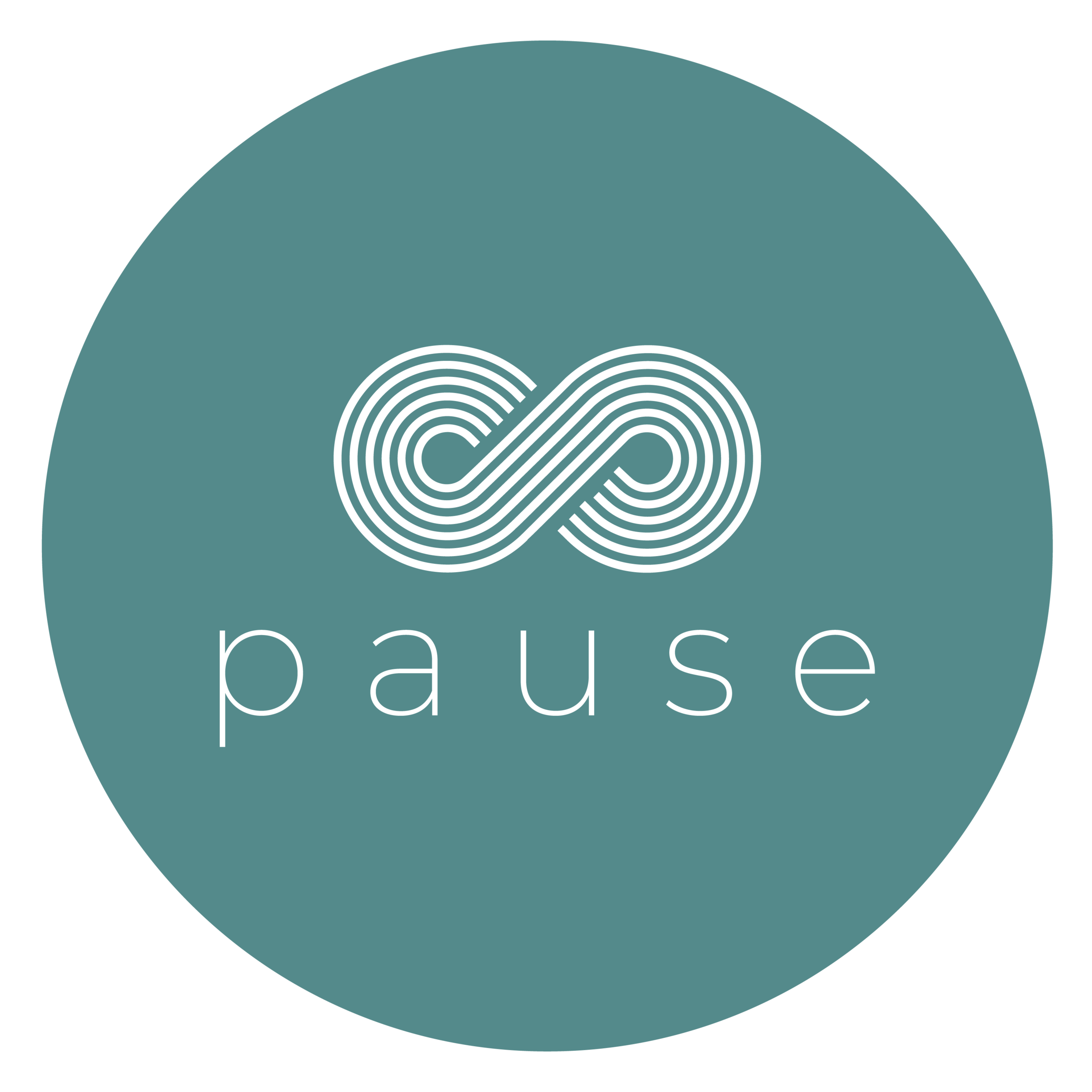Pilates Reformer open day 12-3pm Friday 7th & 12 - 1pm sunday 16th June
There is probably no piece of Pilates equipment more famous than the Pilates Reformer.
Regular Reformer Class Schedule: https://clients.mindbodyonline.com/classic/admmainclass#an5
Monday 9.00am
Tuesday 7.30am
Wednesday 12.00pm & 8.15pm
Thursday 10.30am
Friday no class yet
Saturday 11.30am * (with some exceptions due to events on the weekend)
Sunday 11.00am * (with some exceptions due to events on the weekend)
$300 drop in, even less for a package
PRIVATE SESSIONS AVAILABLE
OPEN STUDIO AVAILABLE for experienced clients to use the studio to do their workout unattended and in our off-peak times
***LIMITED INTRODUCTORY OFFER: 50% off @ $500 per private session + bring a friend for free when you book before June 14th 2019***
Pause to reform! Enquire at admin@pause.hk or call 97080187 to take advantage of our beautiful Pilates space and if you want to know more now, read a bit more about the Pilates Reformer below.
What is a Pilates Reformer?
The reformer was invented by Pilates founder Joseph Pilates. It is a bed-like frame with a flat platform on it, called the carriage, which like a giant skateboard, rolls back and forth on wheels within the frame. The carriage is attached to one end of the reformer by a set of springs. The springs provide choices of differing levels of resistance as the carriage is pushed or pulled along the frame. The carriage has shoulder blocks on it that keep practitioners from sliding off the end of the reformer as they push or pull the carriage.
At the spring end of the reformer, there is an adjustable bar called a footbar. The footbar can be used by the feet or hands as a practitioner moves the carriage. The reformer also has long straps with handles on them that are attached to the top end of the frame. They can be pulled with legs or arms to move the carriage as well. Body weight and resistance of the springs are what make the carriage more or less difficult to move. Reformers parts are adjustable for differing body sizes and different levels of skill.
How a Reformer Is Used?
A wide variety of exercises are done on the reformer to promote length, strength, flexibility, and balance. Most Pilates reformer exercises have to do with pushing or pulling the carriage or holding the carriage steady during an exercise as it is pulled on by the springs.
One of the best things about the reformer is its versatility. Exercises can be done lying down, sitting, standing, pulling the straps, pushing the footbar, perched on the footbar, perched on the shoulder blocks, with additional equipment, upside down, sideways, and all kinds of variations. In other words, the reformer can train many parts and dynamics of the body in many different ways.
There are many, many reformer exercises, including those for beginners and those that challenge the most advanced practitioners.
Benefits
The reformer offers all the benefits of Pilates including overall strength, flexibility, coordination, and balance. These things, in turn, lead to daily life improvements like better posture, graceful and efficient movement, and for many, relief from pain associated with physical imbalances such as back pain.
The Pilates powerhouse muscles—the muscles of the core—are paramount for building strength. Flat abs, strong backs, toned buttocks, and firm thighs are all results of this emphasis. Other equipment and Pilates mat exercises do that too, but the reformer creates a unique and varied exercise environment.
The reformer is large enough to accommodate full-range motion, which is wonderful for increasing flexibility while building strength. It seems to invite the length you want to create in the body, and it trains the body to sustain that length.
Pushing and pulling with legs or arms against the resistance of the springs, carriage, and body weight is generally strength building. The exercises provide enough resistance and movement variety to help build strong bones. And there is a special feature—eccentric muscle contractions. This is when a muscle lengthens as it resists a force.
The reformer's set-up for eccentric contraction is one of the keys to achieving the long, strong muscles without bulk for which Pilates is known.
The instability of a rolling carriage with the springs set at different levels of resistance provides all kinds of stability challenges that develop core strength and promote better balance. For example, having less of the body on the carriage is one of the ways Pilates exercises get harder. It means more body weight has to be supported by the practitioner, and the body and machine have to be controlled even more from the core. Paradoxically, when the springs are in a lighter setting, some exercises are more challenging for the core because it has to work harder to control and stabilise the movement. The stronger the core, the better the balance, posture, and overall well-being.
Exercising with the reformer is possible for anyone, at any level of fitness. It's no wonder the full name of the reformer is the universal reformer.

